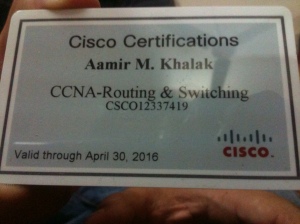We means All world are in lockdown. When I talked to my out of India friends they also same situation like me. So no worries all are on hold.
Suddenly I thinking that when everyone is in lockdown how online service work and from that may be someone earn something from lockdown.
So like me everyone sit in home and do nothing just enjoy with Family 24*7 fun. But that nothing put smile on family so I am happy to do nothing. We can earn when world with me out on hold.
Stay with family will bring some new activity day by day so each other understanding also increase. We can also save us from deathly diseases like Corona virus (covid-19).
Maybe everyone like this situation once in while but not like in current situation. So positively is superpower.
Only remember one line
Ye Waqt Bhi Nikal Jayega
